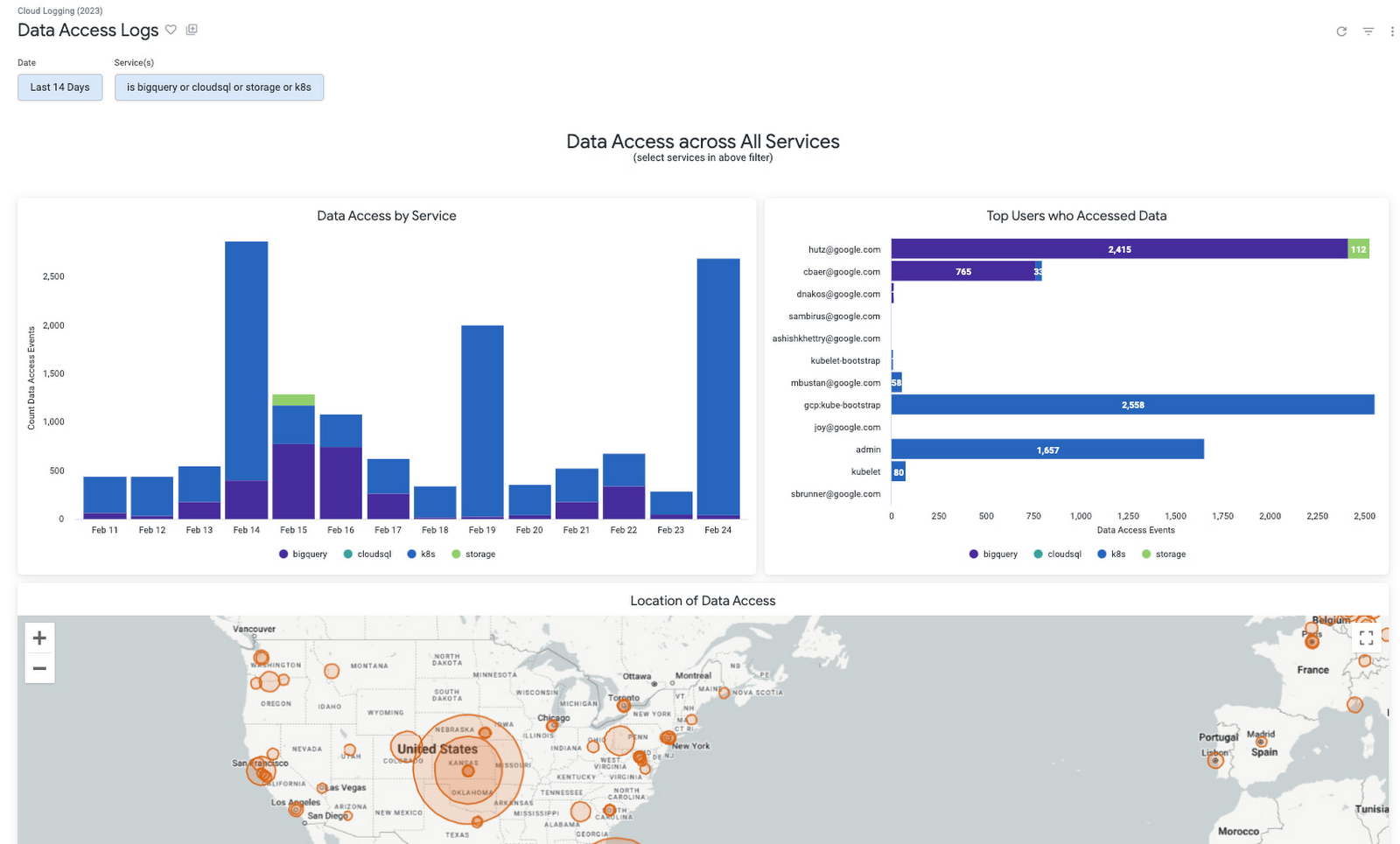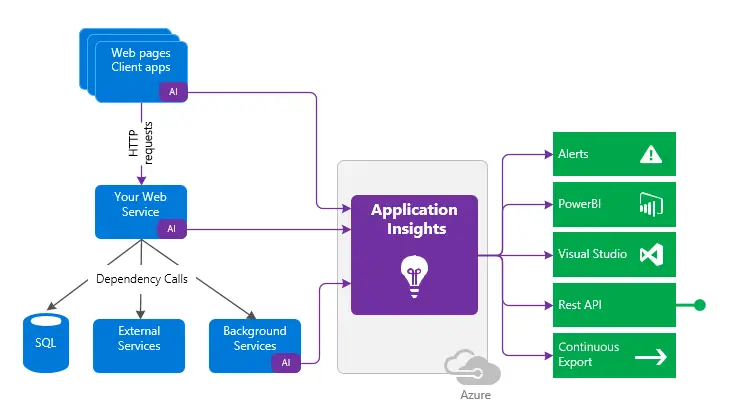Application Analytics Agonies: Gleaning Insights From User Data

In today’s data-driven world, businesses rely heavily on application analytics to understand user behavior and make informed decisions. However, extracting meaningful insights from vast volumes of user data can present significant challenges. Here are some of the key challenges that businesses face in application analytics:

Data Collection and Integration:

Gathering data from multiple sources, such as mobile applications, web platforms, and CRM systems, can be a complex task. Data integration is essential to create a comprehensive view of user behavior, but it can be time-consuming and requires specialized tools and expertise.
Data Quality and Cleaning:
User data often contains errors, inconsistencies, and missing values. Cleaning and validating data is crucial to ensure the accuracy and reliability of the insights derived from the analysis. This process can be laborious and resource-intensive, especially for large datasets.
Data Interpretation:
Interpreting the vast amounts of data collected can be overwhelming. Analysts must be able to identify patterns, trends, and correlations within the data. Machine learning algorithms and advanced statistical techniques are often used to automate the interpretation process, but these tools require technical expertise and careful parameterization.
Metrics Selection and Validation:
Choosing the right metrics to measure user engagement, conversion rates, and other key performance indicators (KPIs) is crucial. The selected metrics must align with the business goals and provide actionable insights. Validating the accuracy and relevance of these metrics is essential to ensure the validity of the analysis.
Privacy and Security:
Collecting and analyzing user data raises concerns about privacy and security. Businesses must adhere to data protection regulations, such as GDPR and CCPA, and implement robust security measures to protect sensitive information. Balancing the need for data-driven insights with user privacy is a delicate balancing act.
Skill Shortage:
The demand for skilled data analysts and data scientists outpaces the supply. Finding qualified professionals with expertise in application analytics and relevant industry knowledge can be challenging for businesses.
Overcoming these challenges requires a systematic and collaborative approach involving data engineers, analysts, and business stakeholders. By investing in data governance, employing advanced analytics tools, and fostering a culture of data literacy, businesses can unlock the full potential of application analytics and gain valuable insights that drive informed decision-making and business success.## Application Analytics Agonies: Gleaning Insights From User Data
Executive Summary
Navigating the labyrinth of application analytics can be a daunting task, often met with despair and frustration. Extracting meaningful insights from the plethora of user data can feel like an elusive treasure hunt. This comprehensive guide empowers you to harness the transformative power of analytics, transforming data into actionable wisdom.
Introduction
In the relentless pursuit of captivating digital experiences, understanding user behavior is paramount. Application analytics offers a beacon of hope, illuminating the path to enhanced engagement and skyrocketing growth.
FAQs
- What is application analytics? It is the systematic collection, analysis, and interpretation of data from applications to understand user behavior, preferences, and patterns.
- Why is application analytics important? It pinpoints areas for improvement, optimizes user experiences, and drives data-informed decisions.
- How can I implement application analytics? Leverage analytics tools, gather user feedback, and analyze usage metrics to gain invaluable insights.
Top Subtopics
1. Data Collection:
- Establish clear goals
- Identify relevant user behavior
- Utilize multiple data sources
- Ensure data privacy compliance
2. Data Analysis:
- Apply statistical techniques
- Visualize data using charts and graphs
- Segment users based on behavior
- Identify trends and patterns
3. User Segmentation:
- Group users into distinct categories
- Analyze demographics, preferences, and behaviors
- Customize experiences based on user groups
- Target marketing campaigns effectively
4. User Experience Optimization:
- Measure key metrics like user satisfaction
- Identify UX pain points
- Conduct user testing
- A/B test design variations
5. Data-Driven Decision-Making:
- Translate insights into actionable strategies
- Optimize product development
- Drive growth and innovation
- Improve marketing return on investment
Conclusion
Unveiling the hidden treasures within user data through application analytics is a transformative journey. Armed with this guide, you possess the knowledge and techniques to conquer the analytics abyss and harness the immense power of data-driven decision-making. Embrace the analytics revolution and ignite your path to digital dominance.
Keyword Tags
- Application Analytics
- User Data Analysis
- Data-Driven Decisions
- User Segmentation
- User Experience Optimization


